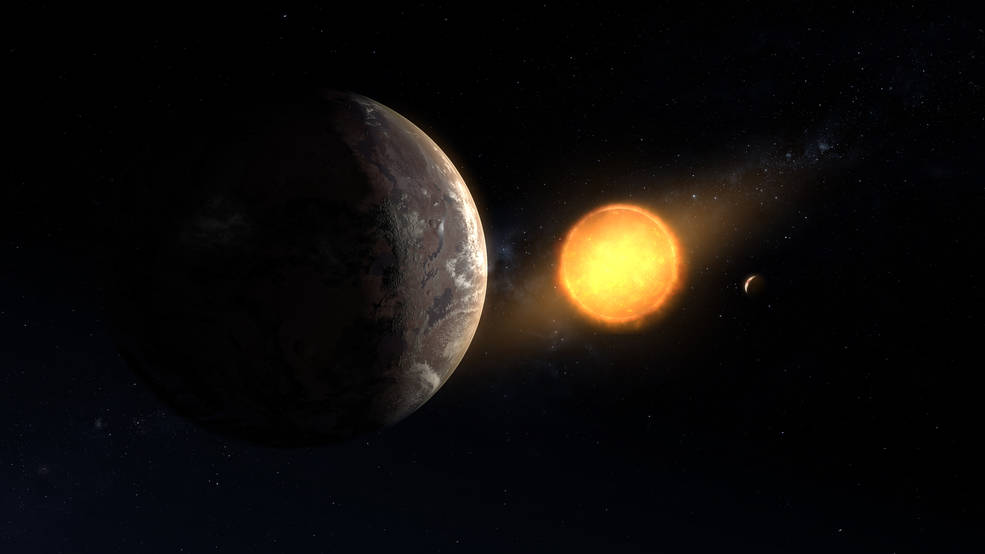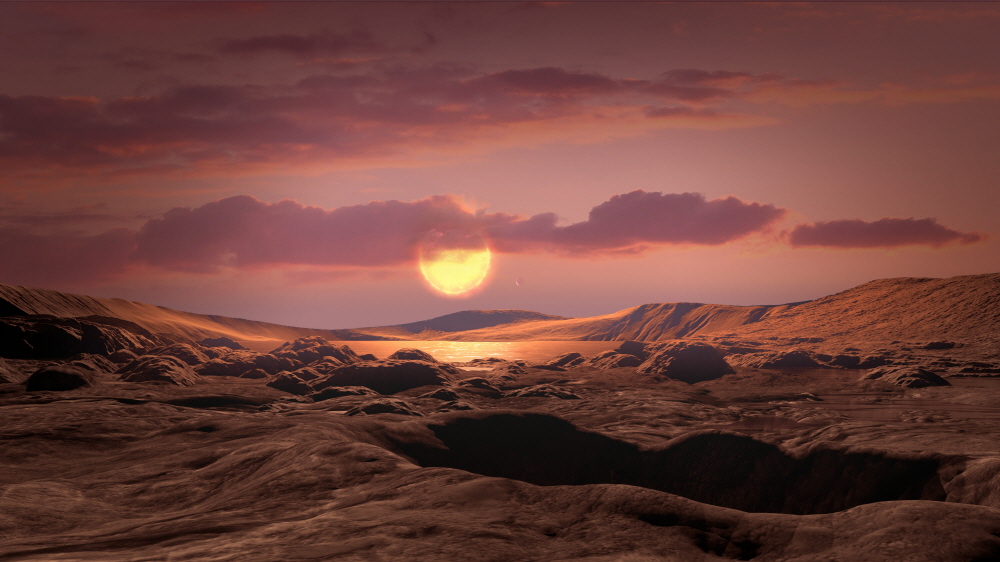
The Kepler Telescope was retired in 2018 after contributing to the discovery of thousands of extraterrestrial planets. However, it is said that the Kepler Telescope found the existence of a rock-like planet similar to the Earth in the vast amount of data left earlier. Moreover, this planet (Kepler-1649c) is about the same size as Earth, is a habitable area for life and orbits a warm environment at a certain distance.
Of course, this planet was overlooked in the initial analysis, but it was not simply overlooked by mistake. Kepler confirms the existence of planets there by investigating the photosensitive phenomenon that occurs when planets cross in front of a star through an observation method called transport. However, some of this data is interfered by space dust and gases, and there are many data that are labeled as false reactions without obtaining ideal data, and not numerically confirming the existence of the planet.
NASA has developed an algorithm called Robovetter to prevent such false data detection and speed analysis and double-check the analysis results. As a result, it was Kepler-1649c who discovered that the lottery ticket, which inadvertently forgot to confirm, was won.
Kepler-1649c is 1.06 times Earth’s, so it’s about the same size. In addition, the energy inflow of the red dwarf, which is the sun, is 75%, consistent with the Earth. It can be said that planets other than Earth with these two are very special.

However, this alone is another story about whether this planet has living things like Earth. For example, it is not yet known if the planet has an atmosphere. The composition or thickness of the atmosphere makes the surface temperature even and affects the ability of water to exist as a liquid. Also, red dwarfs can sometimes generate powerful flares that blow away even if the planet has atmosphere.
One researcher said that the more we look at the data, the more we see signs proving the notion that the existence of outer planets with the same red dwarf and Earth-sized systems is common. It is said that there is a good possibility of being almost no different from the Earth somewhere among them.
Perhaps in the near future, data left by the Kepler Telescope and data from Kepler’s successor Transiting Exoplanet Survey Satellite (TESS) will discover planets where life is likely to exist. Related information can be found here .


















Add comment